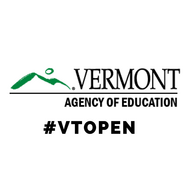
(View Complete Item Description)
This Super Lesson utilizes Project Based Learning to assist learners with designing, building, and testing flying contraptions as an introduction to Engineering. The goal of this project is to engage students in collaborative team work and to introduce students to the Science and Engineering Practices: Asking Questions and Defining Problems, Planning and Carrying Out Investigations, and Constructing Explanations and Designing Solutions.
We have offered this Super Lesson as an 8-week elective course, developing and strengthening student interest in applied Math and Science topics. It could also be offered within upper elementary or middle school Science and Math courses. In addition, each week’s topic could be used as a stand alone mini-lesson if time is limited. We have worked to include multiple options within this unit to make it accessible to both general education and special education programs, including recommendations for modifications and extensions.
Material Type:
Activity/Lab,
Interactive,
Lesson Plan,
Unit of Study




















